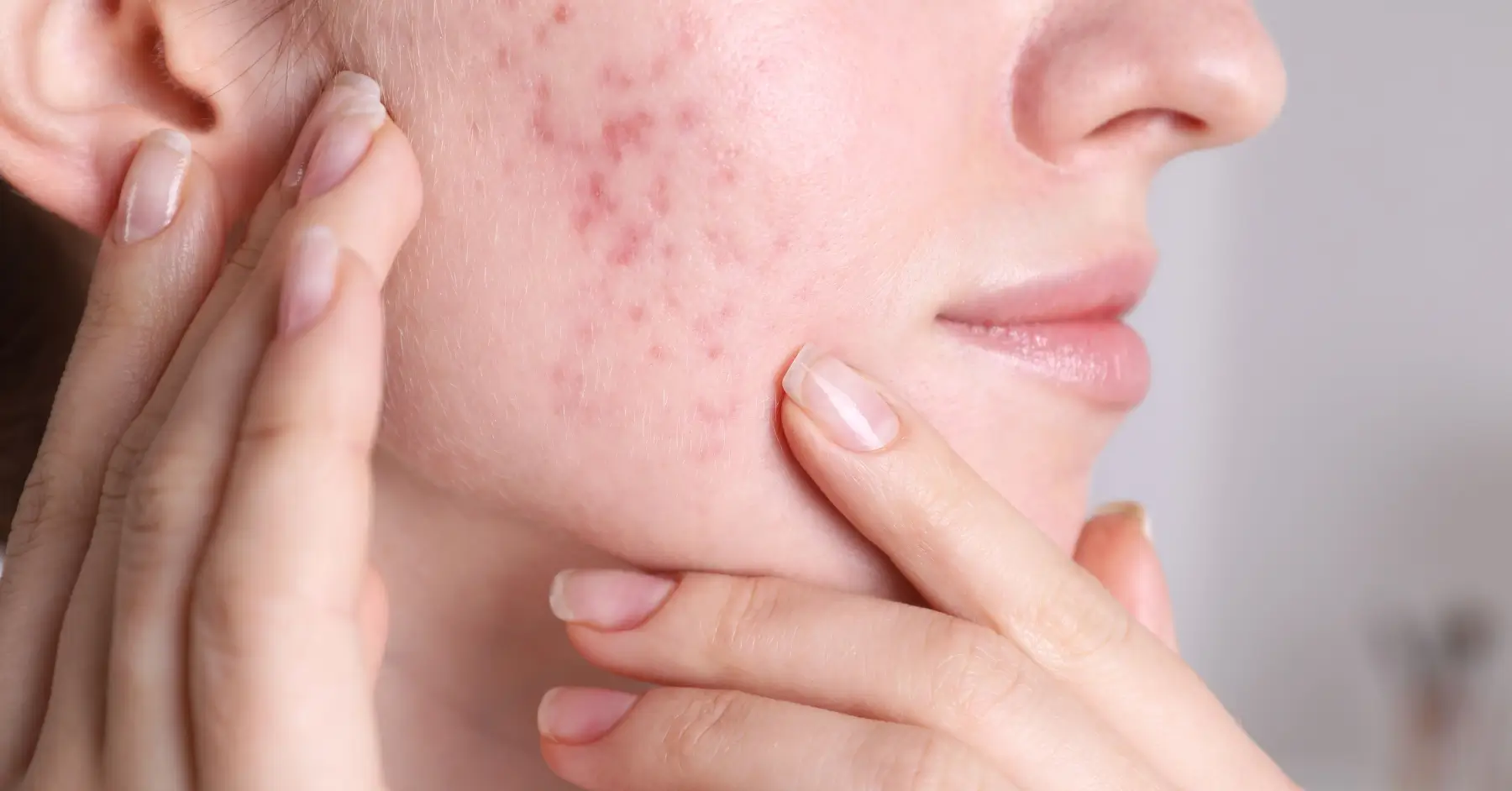Have you ever wondered if that musty smell in your basement or that sudden sewage backup could mean serious black water contamination risks? If so, you’re not alone. Many homeowners face water damage at some point, but “black water” stands out as particularly dangerous. Black water typically includes sewage or other pollutants that pose immediate health hazards if not handled correctly. Below, you’ll learn how to identify, prevent, and respond to these risks so you can quickly return to a clean and safe home.
Understand black water
In water damage terminology, black water is commonly known as “Category 3 water.” It’s water that potentially contains harmful biological or chemical contaminants, making it unsafe for any contact. This type of water can come from sewage backups, flooding from nearby rivers, or simply a severe storm that overwhelms your local wastewater system.
When black water is present, it usually carries bacteria, viruses, and other pathogens. These contaminants can sneak into drywall, carpets, and even air vents. Unfortunately, regular cleaning products and quick drying aren’t always enough to manage the problem. You need specialized treatments to eliminate all traces of germs, mold, and other pollutants.
What makes it different
- Category 1 water (clean water) is typically from a fresh source like a faucet or broken pipe with no impurities.
- Category 2 water (gray water) can include minor contaminants such as dishwater or washing machine runoff. It might lead to some health risks if left untreated.
- Category 3 water (black water) is the most severe. It usually involves sewage, floodwaters, or water that’s stagnated and likely contains significant toxins.
Because black water often involves raw sewage or hazardous chemicals, you’ll want to act promptly. Failing to address it quickly will allow bacteria, mold, and other pathogens to spread throughout your home.
Recognize the main causes
To protect your household, it helps to know where black water comes from, especially if you live in an area like San Diego, where heavy rain can overwhelm local sewer systems. Here are a few major culprits:
-
Sewer backups after heavy rain in San Diego
When there’s an intense downpour, your city’s sewer lines may flood. Suddenly, the excess water can push sewage back into your home through toilets or drains. This scenario is not only messy but also highly dangerous because the waste is loaded with disease-causing microbes. -
Overflowing septic systems
If you have a septic tank and it’s full—or its drainage field is compromised—waste can bubble up through the drains. This problem often occurs when the tank isn’t pumped regularly or if rain saturates the soil. -
Stagnant water buildup
Sometimes a slow leak or overlooked spill can turn into a more serious infestation if it’s allowed to sit long enough. Trapped water that remains in a dark spot, such as under carpets or behind walls, can become a breeding ground for mold and bacteria. -
Nearby floodwaters
Floodwater may wash in various contaminants from roads, farms, or neighboring industrial areas. If this water makes its way into your property, it can introduce an array of harmful microorganisms.
Understanding how black water flows into your home can help you prevent it. If you’re dealing with repeated sewage backups or an old plumbing system, routine checks can catch small problems before they escalate into major ones.
Know the health dangers
You might wonder why there’s so much emphasis on black water contamination risks. After all, water damage is water damage, right? Not quite. The difference is what’s in the water.
-
Bacteria
Sewage-infested water can contain E. coli, Salmonella, and other bacteria that cause intestinal issues, fever, and in some cases more serious health problems. -
Viruses
Viruses don’t just transmit person to person. They can also thrive in contaminated water, affecting anyone who comes into contact with it through open wounds or other exposure points. -
Parasites
Certain parasites can live in stagnant or sewage-filled water. If these organisms find their way into your home, they may lead to severe gastrointestinal distress and other complications. -
Mold growth
Even though mold itself isn’t always as immediately obvious as bacteria or viruses, it can still trigger allergies, breathing difficulties, and even structural damage. Moisture from black water sets up the perfect conditions for mold to flourish inside walls, floors, and ceilings.
The bottom line is simple: black water poses serious risks to your health. Children, pregnant women, the elderly, and individuals with weak immune systems are especially vulnerable. That’s why you need to address contamination fast, whether by cleaning carefully or hiring a professional.
Spot warning signs
It’s easy to ignore a small puddle or assume that a vague odor will go away on its own. However, even tiny leaks or minor sewage seepage can be red flags. Here are some common warning signs:
-
Persistent foul smell
A sewage-like stench that doesn’t fade, even if you open windows or use air fresheners, might mean black water is pooling somewhere. -
Moldy or damp floors
If your tile grout darkens, or your carpet remains moist to the touch, there could be water trapped underneath. This dampness often hides in corners or around baseboards. -
Slow drains
It’s normal for a drain to clog occasionally, but constant slow draining can signal that the sewer line is struggling. This can eventually lead to a backup, which could move water in the wrong direction. -
Visible sewage
Seeing sewage come out of a drain or toilet is a huge red flag. If this occurs, you likely have black water in your home that needs immediate action. -
Sudden illnesses
Unexplained gastrointestinal issues or skin rashes in your family might be linked to contact with contaminated water. While it’s tough to be certain, it’s always safer to check for hidden water problems than to ignore them.
By spotting these signs, you’ll have a better shot at catching black water contamination early. Proactive awareness can save you the stress and expense of massive cleanup efforts later on.
Prevent water contamination
No one wants to face the nightmare of a sewage flood, so let’s talk prevention. While you can’t control how much rain falls in San Diego or when a main water line might break, there are steps you can take to lower your risk:
-
Watch what you flush
Avoid putting grease, paper towels, and personal wipes (even if labeled flushable) down the toilet. These items can clog pipes and overburden the sewer system, increasing the chance of backups. -
Maintain your plumbing system
Schedule regular inspections to detect weak spots, cracks, or corrosion in your pipes. Even simple tasks like tightening fittings or replacing old pipes can go a long way to stop leaks. -
Clean gutters and storm drains
Keep gutters and yards clear of leaves, branches, or other debris. Blocked drains can increase flooding around your home’s foundation, which can seep into basement spaces. -
Install a backwater valve
This device is designed to block sewage from entering your home in the case of a main line overload. Installing one might involve some plumbing work, but it can save you a lot of trouble later. -
Keep an eye on foundation cracks
Minor cracks in the foundation or walls can let water seep in, especially during heavy rains. Consider sealing these cracks or hiring a professional to waterproof your basement area.
Staying vigilant about routine upkeep helps minimize black water contamination risks. By reducing blockages and potential leaks, you significantly cut the chance of unwanted sewage intrusion.
Act quickly if you suspect an issue
So what do you do if, despite your best efforts, you find yourself ankle-deep in a smelly sludge? Here are the key steps:
-
Block off the area
If you notice a sewage overflow, keep everyone, especially children and pets, away from it. Sewage can spread germs quickly to floors or carpets where little hands and paws might touch. -
Shut off the water supply
Stopping the water flow immediately helps reduce additional contamination. You don’t want more water entering or exiting through compromised pipes. -
Turn off electricity (if safe)
Avoid mixing electricity with water. If the water level is high or near outlets, carefully shut off power to that area. If you can’t do so safely, wait for a professional. -
Contact professionals
Black water cleanup requires special gear, disinfectants, and procedures. It’s often smarter—and safer—to get expert help. You can check out Sewage Cleaning Services to schedule an inspection or thorough cleanup. This service can address every hidden pocket of moisture, sanitize surfaces, and ensure no harmful contaminants remain. -
Document the damage
Take photos or videos of the affected areas for insurance purposes. You’ll want to have before-and-after evidence to support any claim. -
Air out the area
Once the space is safe to enter, open windows and use fans to help dry out any damp spots. However, remember that basic airing out is not enough to kill germs; thorough disinfection is necessary. A professional team may use specialized drying equipment and antimicrobial treatments.
Get help from reliable experts
If you feel overwhelmed or prefer not to tackle this alone, professional help is always a good idea. Experts can offer guidance on bleeding-edge cleaning methods and safety measures that the average homeowner might not know. They can also pinpoint plumbing or infrastructure issues that may send you down this black water road again and again.
Extensive contamination requires more robust measures, such as removing waterlogged drywall or replacing subfloor materials. If you try a DIY approach but simplify the process too much, you risk leaving pathogens behind to grow mold or irritate respiratory systems. Professionals have the experience, tools, and training to do the job thoroughly.
If you suspect ongoing backups or wastewater blockages in the San Diego area, you can explore Additional Services to schedule routine inspections. Regular checkups can help you catch slow leaks and minor cracks before they develop into full-blown problems.
Key takeaways
- Black water is Category 3 water that can carry dangerous germs, chemicals, and pathogens.
- Sewer backups, heavy rains in San Diego, and neglected plumbing are major triggers.
- Health impacts can include bacterial infections, viruses, and mold-related respiratory issues.
- Warning signs include odd smells, slow drains, visible sewage, and unexplained illnesses.
- Prevention is possible through mindful flushing, routine pipe checks, gutter cleaning, and backwater valves.
- If you face a black water spill, isolate the area, shut off water and electricity carefully, and call professionals for a full cleanup.
Taking action right away can spare you high repair bills and keep your household safe. Stay on top of regular maintenance, watch for early signs of contamination, and never hesitate to ask for professional support when needed. By doing so, you’ll go a long way in protecting your home, your family, and your peace of mind.


